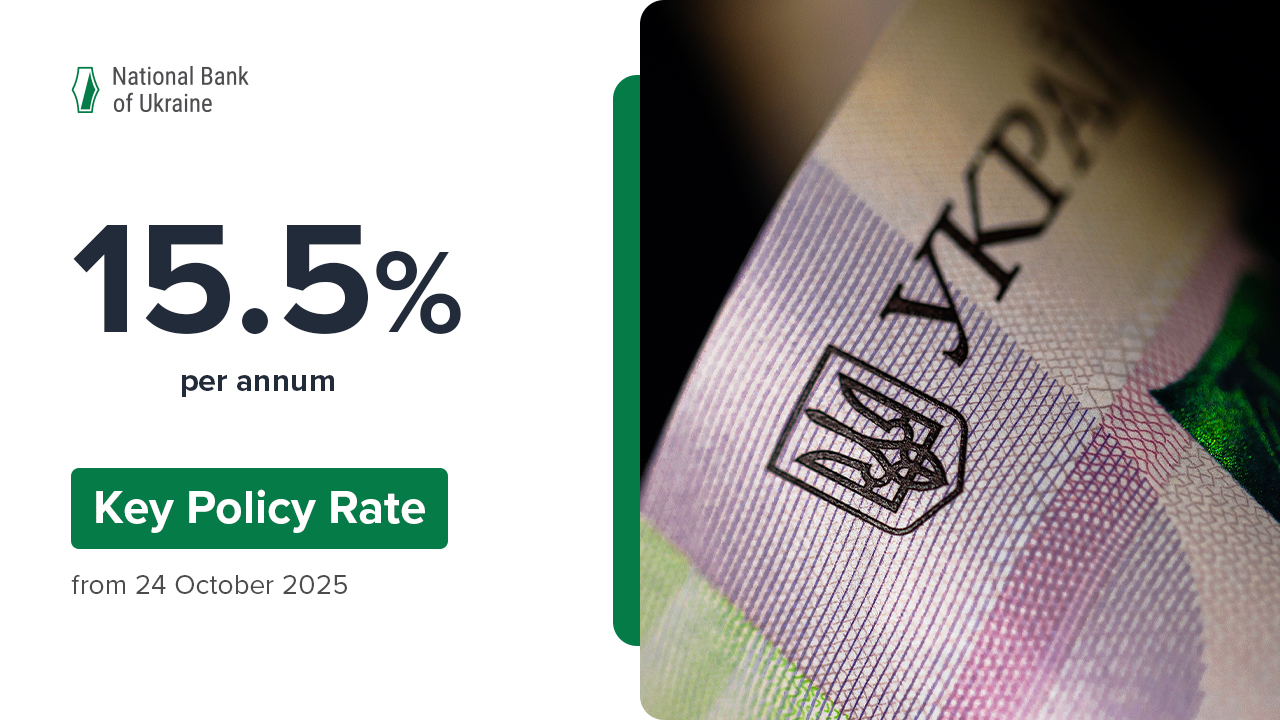In August 2021, consumer inflation was flat from the previous month in annual terms, at 10.2%. In monthly terms, prices fell by 0.2%. This is according to data compiled by the State Statistics Service of Ukraine.
The actual rate of consumer inflation came out lower than in the NBU’s projected trajectory published in the July 2021 Inflation Report. Unchanged electricity prices for households, a stronger hryvnia, and a greater supply of seasonal products outweighed the higher rates of growth in prices for services and fuel.
Core inflation slowed marginally to 7.2% yoy in August (down from 7.3% yoy in July)
The rise in prices for processed foods accelerated further (to 12.7% yoy). In particular, prices for pasta, confectioneries, meat products, and dairy products continued to rise due to higher costs of the raw materials, energy, and labor that go into the production of these foods. Robust consumer demand also supported this development. Although the growth in sunflower oil prices decelerated, the products of its processing (mayonnaise and margarine) continued to rise in price, driven primarily by the increase in the cost of sunflower oil in previous periods. In contrast, price increases for certain imported goods, in particular rice and chocolate, slowed as the hryvnia strengthened.
The growth in services prices also sped up further (to 8.4% yoy). Prices for cafe and restaurant meals, museum and theater tickets, hospital services, housing repairs, personal vehicle insurance, housing rentals, taxi rides, personal care, and financial services increased more quickly. This was due to sustained growth in consumer demand and higher production costs of businesses. By contrast, the rise in prices for tourist services decelerated, thanks to a larger supply and a stronger hryvnia.
The growth in nonfood prices slowed further (to 1.7% yoy) amid favorable FX market conditions. These included pharmaceutical products and household chemicals. Clothing and footwear prices continued to fall. Medical goods and cars fell in price in annual terms. Meanwhile, the prices of electronics and furniture grew faster, propelled by sustained consumer demand.
The growth in raw food prices accelerated further (to 9.8% yoy)
The rise in prices for eggs and milk accelerated as their supply in the Ukrainian market shrank. The prices of certain groceries (including flour, buckwheat, and sugar) continued to rise due to higher production costs, the drawdown of stocks, and high global prices. However, the fall in vegetable prices deepened as newly harvested crops such as beets, potatoes, carrots, and sweet peppers hit the market. Fruits also remained cheaper than last year.
Administered prices grew more slowly (up 17.5% yoy)
The growth in natural gas prices for households decelerated rapidly, thanks to the fading of the comparison base effect and because of the annual contract option. Alcoholic beverages also became more expensive at a slower pace. That being said, transportation prices continued to rise amid higher fuel prices and other costs.
Fuel price growth slowed gradually (to 32.5% yoy)
This is primarily attributed to the comparison base effect. However, the price of LPG rose sharply amid an ad hoc deficit of this fuel.
In the months ahead, inflation will hover in the range of 10%–11%, driven by both temporary and underlying inflationary pressures. In late 2021, however, inflation will slow to a single-digit level, and will gradually return to the NBU’s 5% target in 2022.
The waning effect of last year’s low comparison base, a correction of global commodity prices, and new, larger harvests of agricultural crops coming to the market will contribute to the decline in inflation. The NBU tightening its monetary policy will also restrain the price growth.








